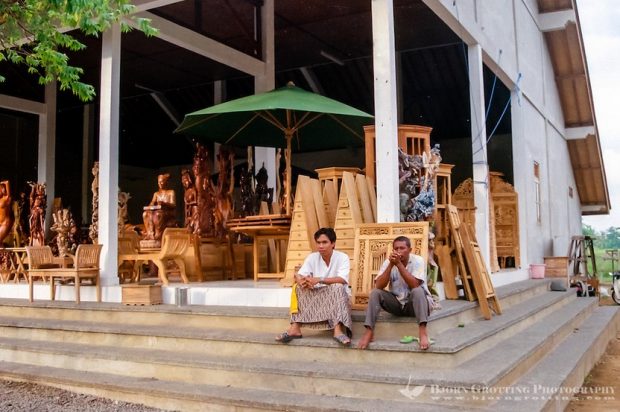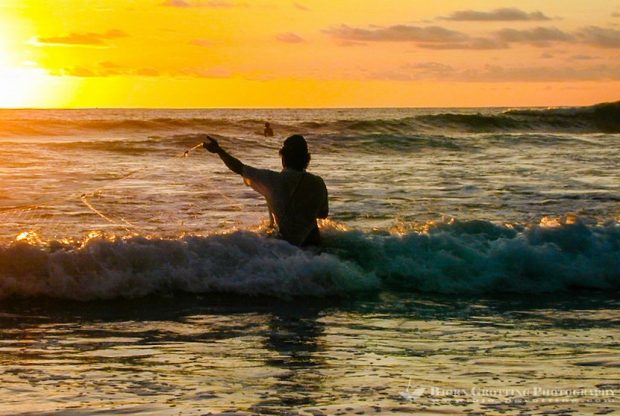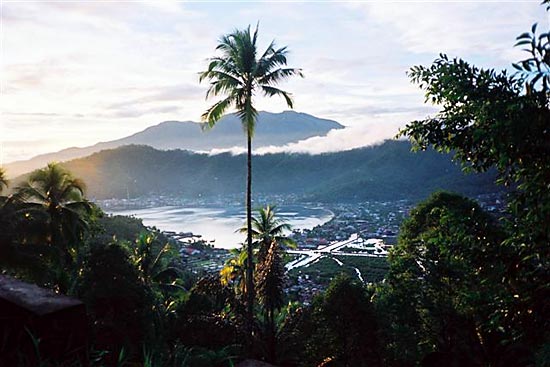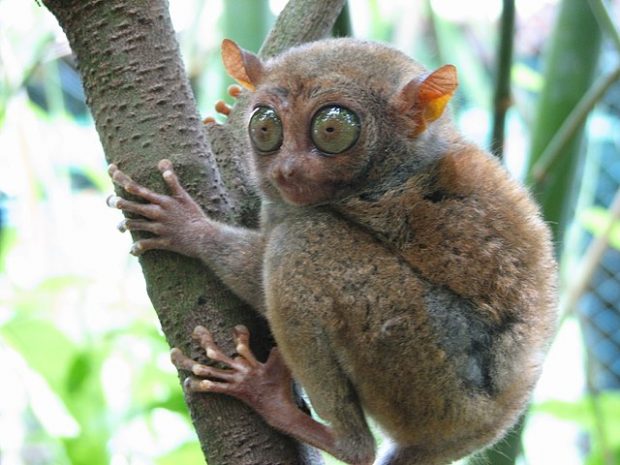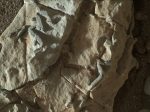. Mining of sandstone; a mine beneath a rice field. (Photo Bjorn Grotting)” width=”640″ /> Bali, Gianyar, Bedulu. Mining of sandstone; a mine beneath a rice field. (Photo Bjorn Grotting)
The strong influence of Javanese culture and Hinduism culminated with Majapahit’s large escape from Java to Bali in 1515. According to legends the last king of Pejeng, Sri Aji Asura Bumibanten, had supernatural powers. He could have his own head cut off without pain and later put it back on again. But one time the gods wished to punish him; they made his head roll into the river where it was carried away by the water. The servants panicked, killed a wild boar and put the head of the animal on the king instead. The king was very embarrassed by this and hid himself in a high tower, where he denied anyone to see him. The secret was however discovered by a small child, and the king should be known as “Dalem Bedulu”, which means something like “He who changes head”. It is this name that supposedly gave name to the Bedulu district. A more scientific, but boring, explanation is that the name Bedulu is derived from “bedaulu”, meaning “upstream”.

The Bedulu village, where a majority of the population make their living from agriculture, is located 26 kilometers north of Denpasar, two km northeast of Goa Gajah along the road to Tampak Siring, not far from Ubud. Bedulu belong to the Gianyar district. The surrounding area is beautiful and fertile with large agricultural areas. It is recommended to hire a guide in Goa Gajah and take a walk along the rice fields to Yeh Pulu, which will take about 2 hours. In addition to lovely rice paddies you will see a beautiful landscape, stone mines and temples. You can always do the trip on your own, but to find the correct paths can be difficult.

500m north of the junction in Bedulu village, along the road to Tampaksiring, sits the Museum Purbakala. This archeological museum contains a collection of pre-Hindu artifacts, like stone axes, copper plates, megaliths, bone decorations and more. Some kilometers further north is the Pejeng village with some famous temples; Pura Kebo Edan, Pura Pusering Jagat and Pura Penataran Sasih.
In Bedulu you can, in addition to Goa Gajah and Yeh Pulu, see the Pura Samuan Tiga temple, probably built by the great sage Mpu Kuturan. The name means “the temple were three parties met”, probably a reference to the Hindu trinity or meetings held here in the 9th century. Under the rule of king Udayana and queen Guna Pria Dharma Patni, from year 988 to 1011, there was a lot of rivalry between the religious sects on Bali, which led to instability on the island. Six holy men met at the site of this temple in order to unite all the sects and establish basic laws for the entire island, called “desa adat”.

The Pura Samuan Tiga temple is located 200 meters east of the junction in Bedulu village. The buildings were destroyed in an earthquake in 1917, but later rebuilt. The current main gate is designed and built by the great artist I Gusti Nyoman Lempad (see Ubud).



